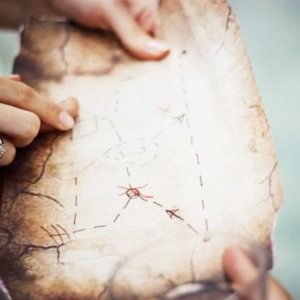Antarctica
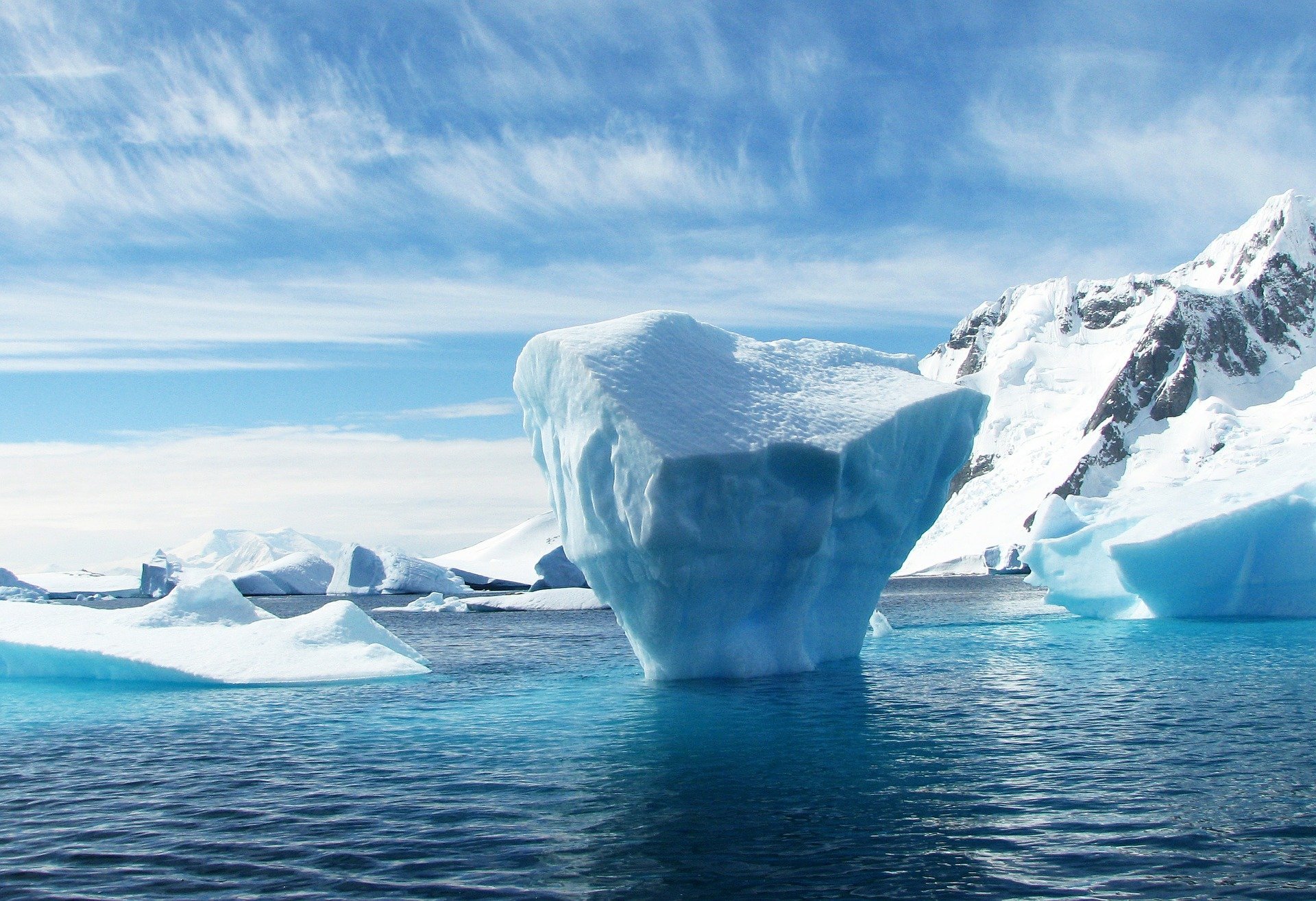
Sports and adventures
All activities and things to see in Antarctica are collected only in this section of the guide. The reason is the nature of the destination, in which there are no towns or parks to visit and the fact that the journey itself and all the activities you can do here have an adventurous soul, just for the fact that the journey cannot be determined on the timetables and routes basis but only and solely by weather conditions and ice.
The adventure-trip to the most pristine place on Earth (also thanks to very restrictive environmental protection conditions) will take place in the Antarctic Peninsula, the long strip of land that stretches for about 2,000 km towards South America, aboard a ship from expedition cruise.
To shorten the trip and to avoid the Drake Channel (see later why), which separates South America from Antarctica, some operators offer a charter flight and then the cruise. However, consider that airplanes are even more affected by atmospheric conditions, which could cause take-off to be cancelled or postponed. Moreover, the costs are higher.
Whatever you reach the Antarctic, here are the emotions you can experience:
- Panoramic flight with spectacular views of glaciers, icebergs and mountains. During the 12 hours of flight, videos and conferences are offered.
- Cross the Drake Channel unscathed, or almost …: here is the roughest sea in the world. In the event of a storm, the waves can reach up to 15 meters.
- Daily shore excursions with transfer by zodiac (inflatable boats ideal for moving between icebergs and for landing in areas that would otherwise be inaccessible) to reach points where you can admire the most incredible views, sheer cliffs and volcanic creations covered with ice.
- See colonies of penguins during the mating season, or when cubs are just born. If you are lucky you may spot a rare emperor penguin. Other animals that you can spot are seals, sea lions and sea birds.
- Visit one of the many scientific bases. The staff will introduce you to every area of the structure.
- Find yourself surrounded by towering icebergs and an endless expanse of sea ice.
- Fly over the sea by helicopter and admire layered sandstones, lava flows, glaciers, icebergs and blocks of ice.
- Bathe in a hot spring on Deception Island
- Go hiking or with snowshoes.
- Paddling in a kayak or SUP in the middle of the ice.
- Climb or ski on mountains of 5,000 meters.
- Sleeping in camp under the polar sky.
- Spot humpback whales.
- Go for a dive, yes yes, a dive, or on a dive cruise, among the pristine waters to discover the underwater world between icebergs and penguins (only for experienced divers).
- Witness the total solar eclipse: on 4 December 2021 the total solar eclipse will be visible from Antarctica and for the occasion the ships will position in the center of the lunar shadow to offer an experience in the experience.
- Spend the night in a luxury ecolodge, the only one on the whole continent: 6 capsules of 6 meters in diameter that house a double bedroom, a desk and a bathroom. Kitchen, reception, lounge and dining room are located in the rest of the camp.
- Take a cruise on a sailing ship, a truly authentic experience, in the company of a scientist who will reveal all the secrets of the place.
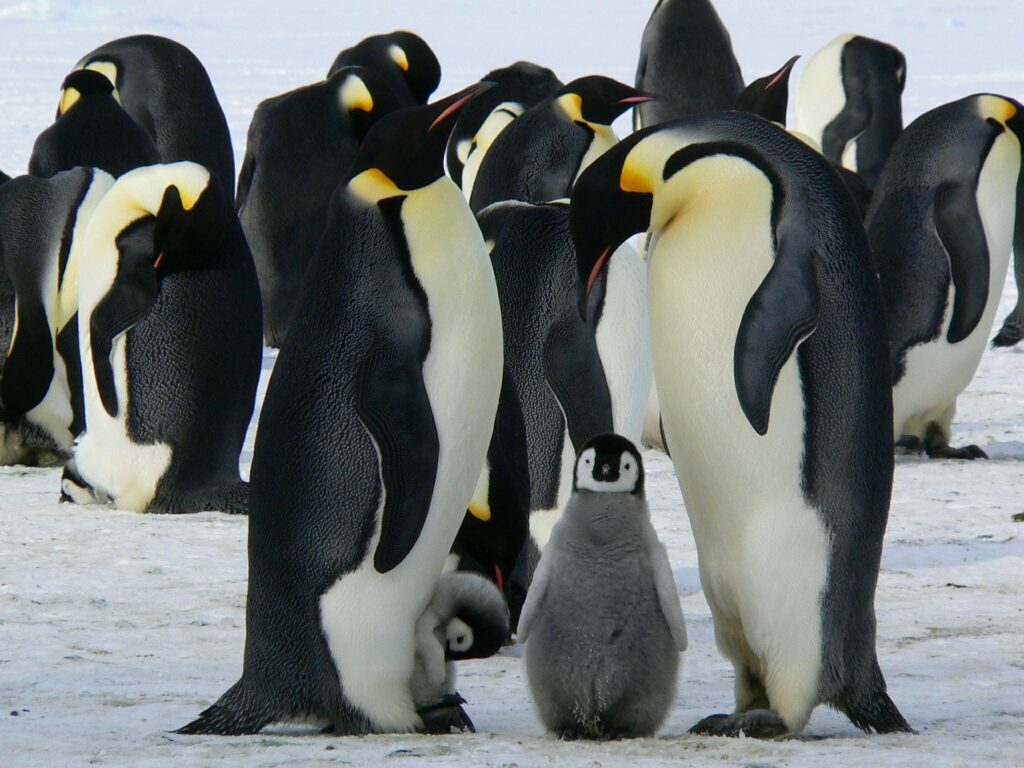
Colony of emperor penguins, the tallest, largest and heaviest of all penguins
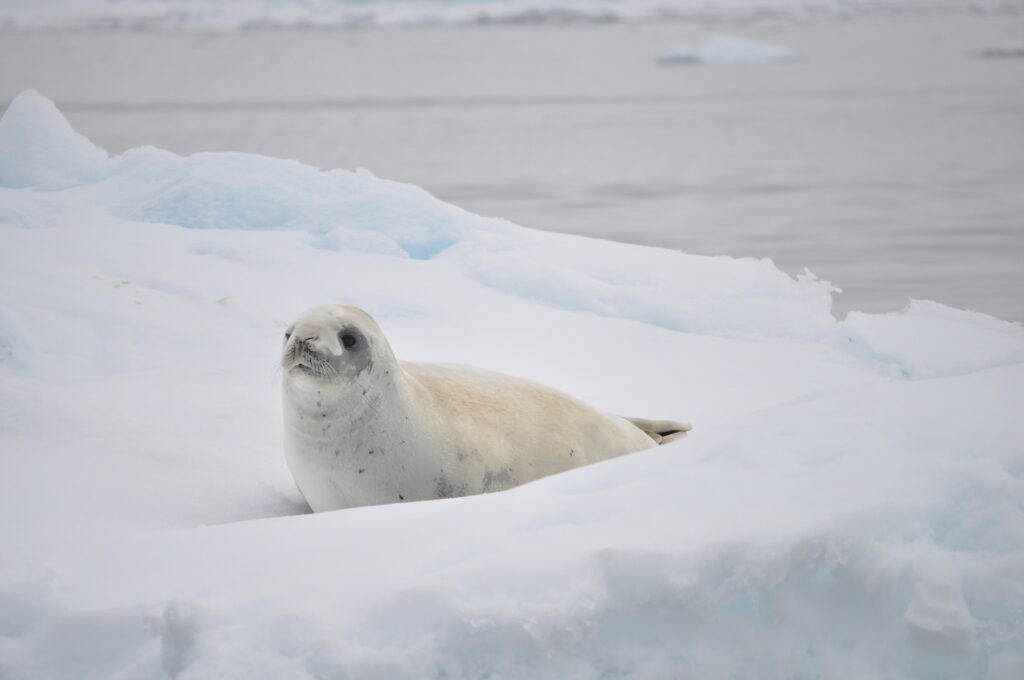
A little white seal camouflaged in the ice
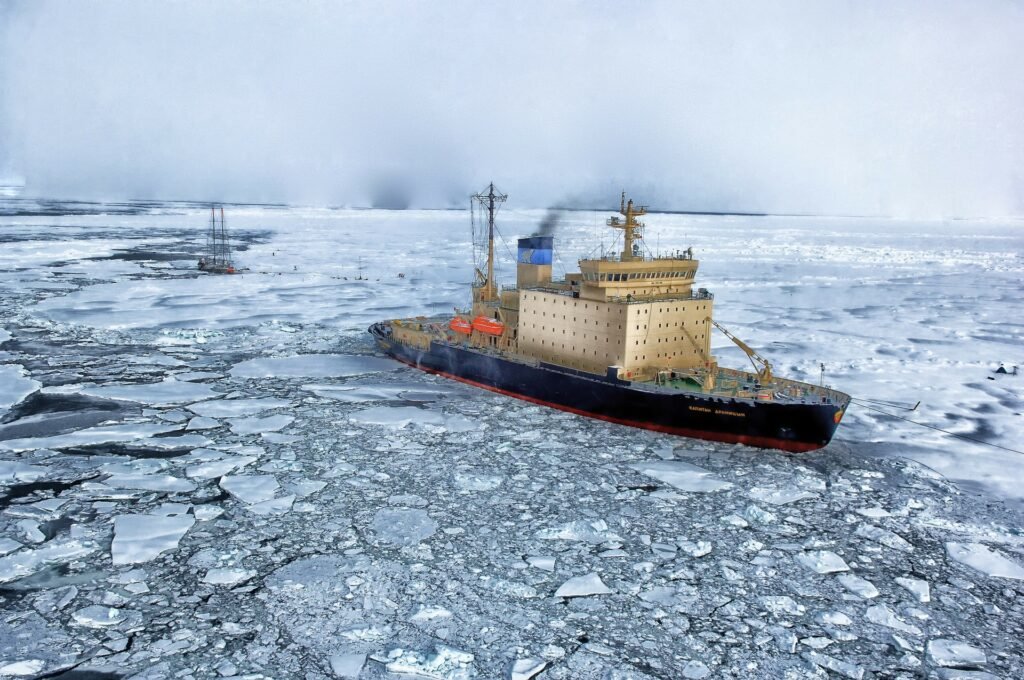
One of the boats you might come across during the cruise
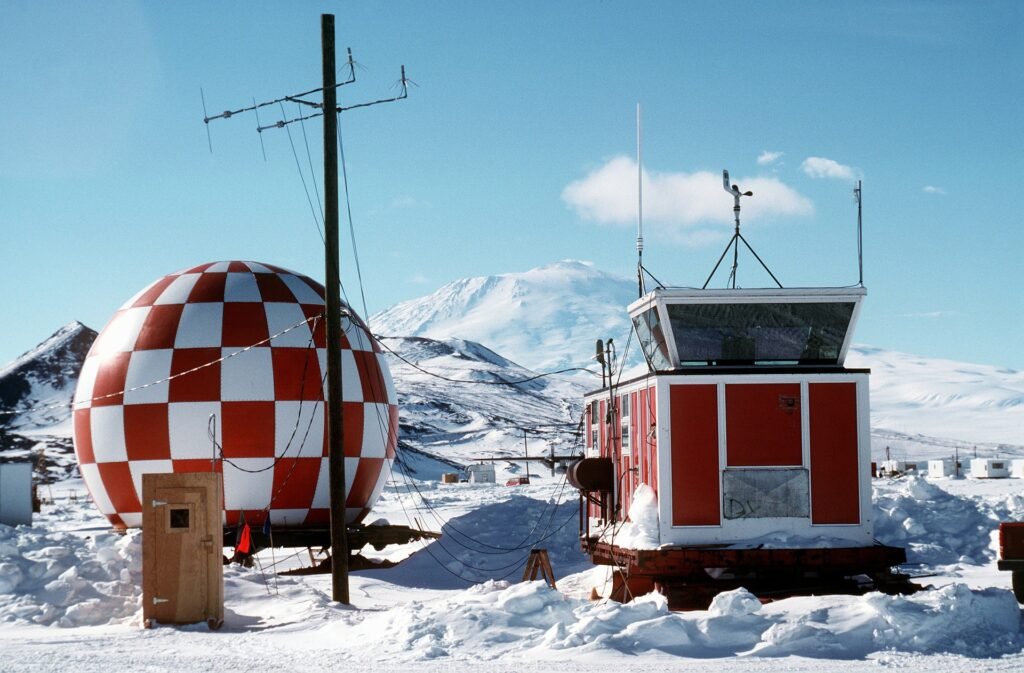
One of the many research stations on the continent
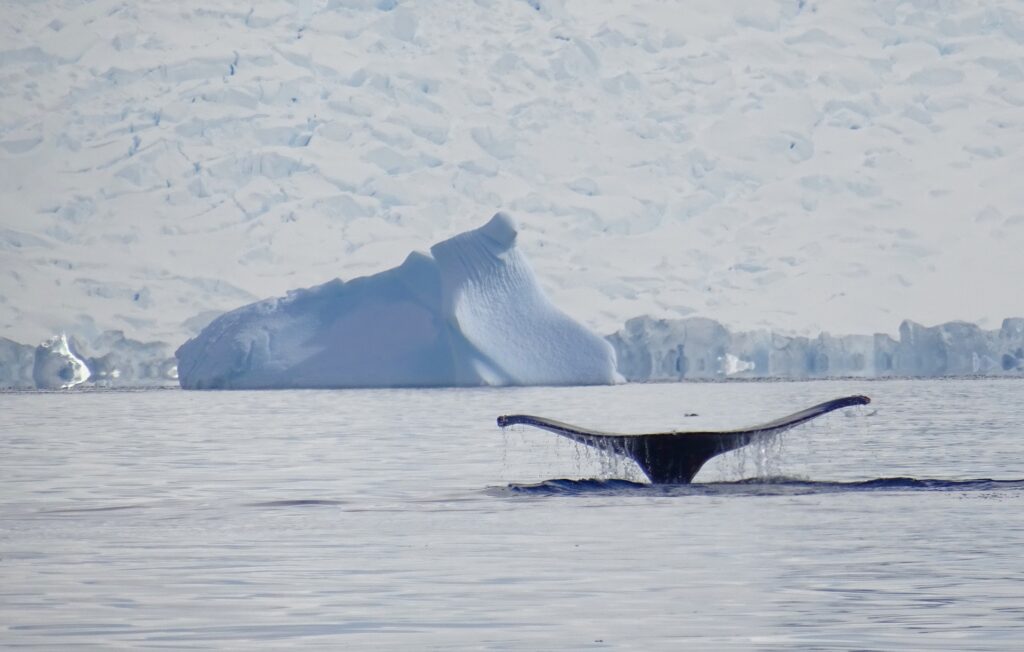
It is possible to spot whales during the trip
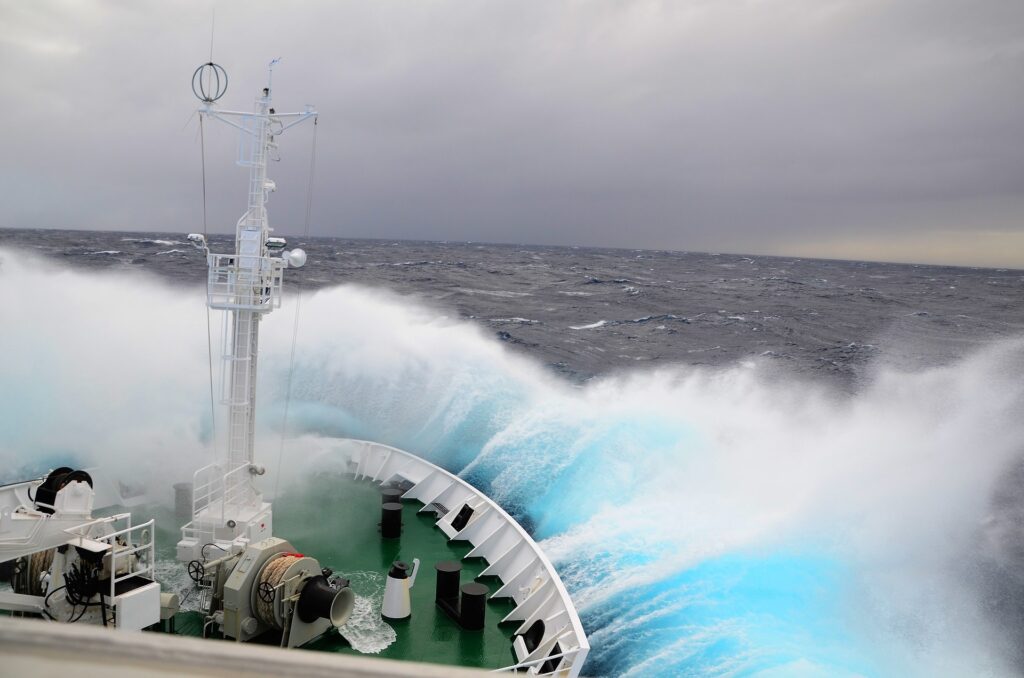
A taste of the sea while passing the Drake Channel
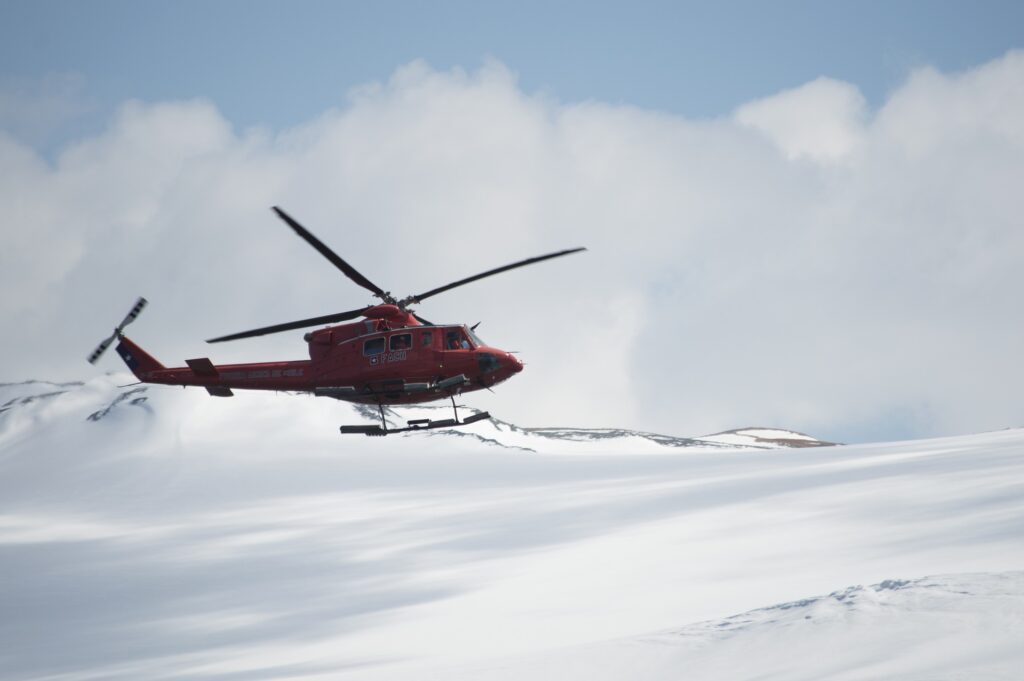
The helicopter overflight offers amazing views
When to go
In Antarctica there is no classic seasonal subdivision.
The continent is characterized by the socalled Kernlose winter, a cooling of temperatures in conjunction with the disappearance of the sun below the horizon which lasts from mid-March to mid-October. In this season, temperatures can reach -80 ° C. The earth record of -89.2 ° C was reached in Vostok in July 1983.
Summer runs from December to January and during this period the temperatures do not exceed -20 ° C and reach almost -70 ° C in August.
The months from the second half of October to November and from February to the first half of March are considered transition seasons.
Due to the low humidity of the continent, rainfall is almost absent, granting Antarctica the definition of desert.
Tourists cannot visit Antarctica during the winter; but in summer, in the areas of the Antarctic Peninsula and the sub-Antarctic islands, the average temperature ranges from -10 to 10 °C, with some drops of a few degrees below zero, with up to 20 hours of light. If we consider that this is also the period in which penguins hatch their eggs and feed their young, we can define it as the best time for a trip to Antarctica.
February and March are the last months of summer and it is the period in which you have the greatest chance of spotting whales or observing the molting of the adult penguins’ feathers that inhabit the coast.
For up-to-date and detailed information visit www.viaggiaresicuri.it
What to pack
For shore excursions, the necessary clothing is similar to that of a winter trip to the mountains.
We therefore recommend a series of layers of light clothing, so that the air is trapped and heated between the layers. High-tech synthetic fabrics are often better than wool or cotton.
- Prefer a windbreaker or raincoat rather than a thick, bulky down jacket.
- Quality ski gloves and thin under gloves to increase warmth
- Knee-high waterproof boots, indispensable if the zodiac cannot dock near the ground (you will almost always get off the boat in the water anyway)
- Waterproof snow pants to wear over your pants. We advise you not to put them inside your shoes because they will lead ice and snow directly into your boots leaving you with wet socks and cold toes
- The layers also apply to socks: thin and breathable socks and, on top, a thicker and warmer pair will keep your toes warm, especially with thermal bags in the boots
- A balaclava is a good solution to keep the head warm and the face protected from the wind; or you can opt for a narrow hat and a scarf that fits under the hood of your jacket for fast zodiac crossings
- Swimsuit: a very quick bath in ice-cold salt water is a unique opportunity for the bravest. Then run to the ship’s sauna to warm up, where you will find the less courageous waiting for you
. It will also serve if you have the opportunity to bathe in a hot spring
- Sunglasses with good quality UV filter
- Cream with sun protection
- Cocoa butter for the lips
- Moisturizing cream: due to the low temperatures, the polar air contains about a tenth of the water vapor found in temperate latitudes and your skin will dry out quickly
- It may be useful to have ski goggles to protect your eyes from the wind, especially if you have contact lenses.
- Binoculars, recommended for spotting whales and birds away from the boat
- A waterproof bag or backpack or, better still, watertight, to keep photographic equipment dry during transfers with the zodiacs
- A waterproof case for your mobile phone (which you will use only for photos, since there is no internet or telephone line
- Spare batteries or power-banks for all your devices, to be kept in a warm place (such as the inside pocket of the jacket), because in the cold the batteries drain much faster
- Of course, all the photo and video equipment you have. We recommend a lens hood to counteract the glare of the ice. But leave your drone at home because you can’t fly it in Antarctica
On board the ship, clothing is informal and comfortable, layered and wear non-slip shoes to walk on the wet decks where you will run to spot whales, penguins and other wonders whenever the opportunity arises.
Ships usually prohibit any type of pointed, open, high-heeled shoe.
Information
Language: there is no official language since it is not inhabited, so consider that English is spoken on the ships, and in some ships even in Spanish
Currency: there is no official currency, for purchases on the ship consider the country of origin of the ship. Bring a few US dollars for souvenir purchases if you get the chance
Some tips
To get to the southernmost continent in the world, you’ll first need to tackle the Drake Canal. Depending on the sea conditions, it has been referred to as “Drake Shake” or “Drake Lake”. If you happen to cross it as a “Drake Shake” it is good to have seasickness medicines with you: pads, patches, bracelets or a combination of all of these.
Know that, before disembarking for each excursion, all your equipment, clothing you are wearing and whatever you bring with you, will be inspected by the ship’s personnel, vacuumed and brushed to eliminate any foreign bodies such as earth and seeds to protect the environment pristine Antarctica.
If you go to Port Lockroy or Vernadsky Station, bring US dollars to buy something from the gift shop or to send a postcard with a penguin stamp to friends and family back home.




